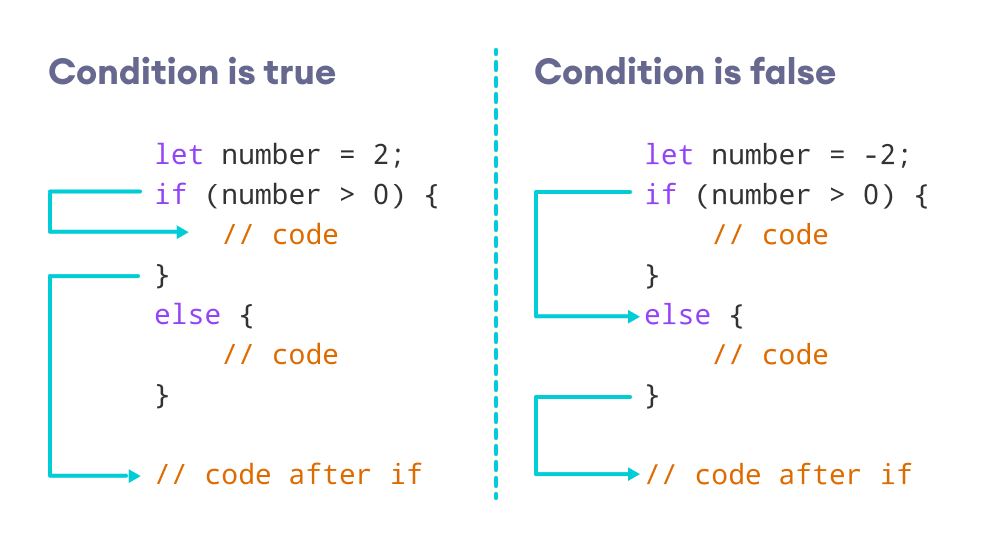

Finally, we use ! to check if num1 is not greater than 5. We use || to check if num1 is greater than 5 or num2 is greater than 30. In this example, we use & to check if num1 is greater than 5 and num2 is greater than 10. Here's an example − Example package mainįmt.Println("At least one condition is true")įmt.Println("num1 is not greater than 5") There are three logical operators in Golang: & (and), || (or), and ! (not). Logical operators in Golang are used to combine two or more conditions and perform a single check. Depending on the result, we print the corresponding message. If it is, we check if num1 is greater than num2 or not. In this example, we check if num1 is greater than 5.

The inner if statements are only executed if the outer condition is true. Nested if statements are used to check multiple conditions in a hierarchical manner. There are three ways to combine conditional statements in Golang: nested if statements, logical operators, and switch statements. In this article, we will focus on how to combine conditional statements in Golang.Ĭombining conditional statements in Golang allows us to perform more complex checks and execute specific blocks of code based on multiple conditions. In Golang, we have two types of conditional statements, if and switch. To learn more, visit JavaScript switch.Conditional statements in programming are used to execute different sets of instructions based on a condition. If you need to make a choice between more than one alternatives based on a given test condition, the switch statement can be used. To learn more, visit JavaScript Ternary Operator. In certain situations, a ternary operator can replace an if.else statement. For example, you can replace const number = 2 Ĭonsole.log("The number is negative or zero.") The syntax of the if statement is: if (condition) in our programs. In JavaScript, there are three forms of the if.else statement.

In such situations, you can use the JavaScript if.else statement to create a program that can make decisions.

For example, assigning grades A, B or C based on marks obtained by a student. In computer programming, there may arise situations where you have to run a block of code among more than one alternatives.


 0 kommentar(er)
0 kommentar(er)
